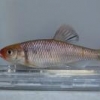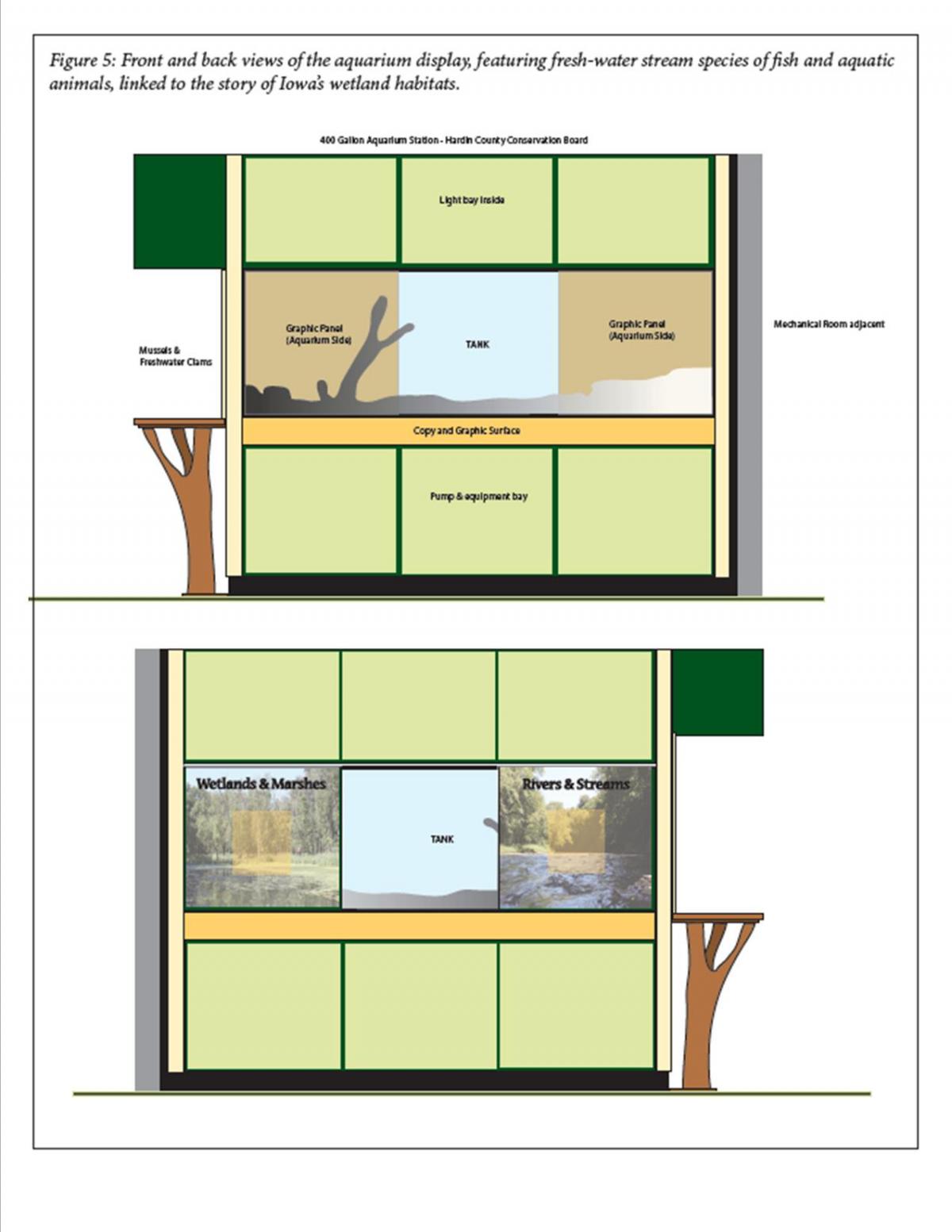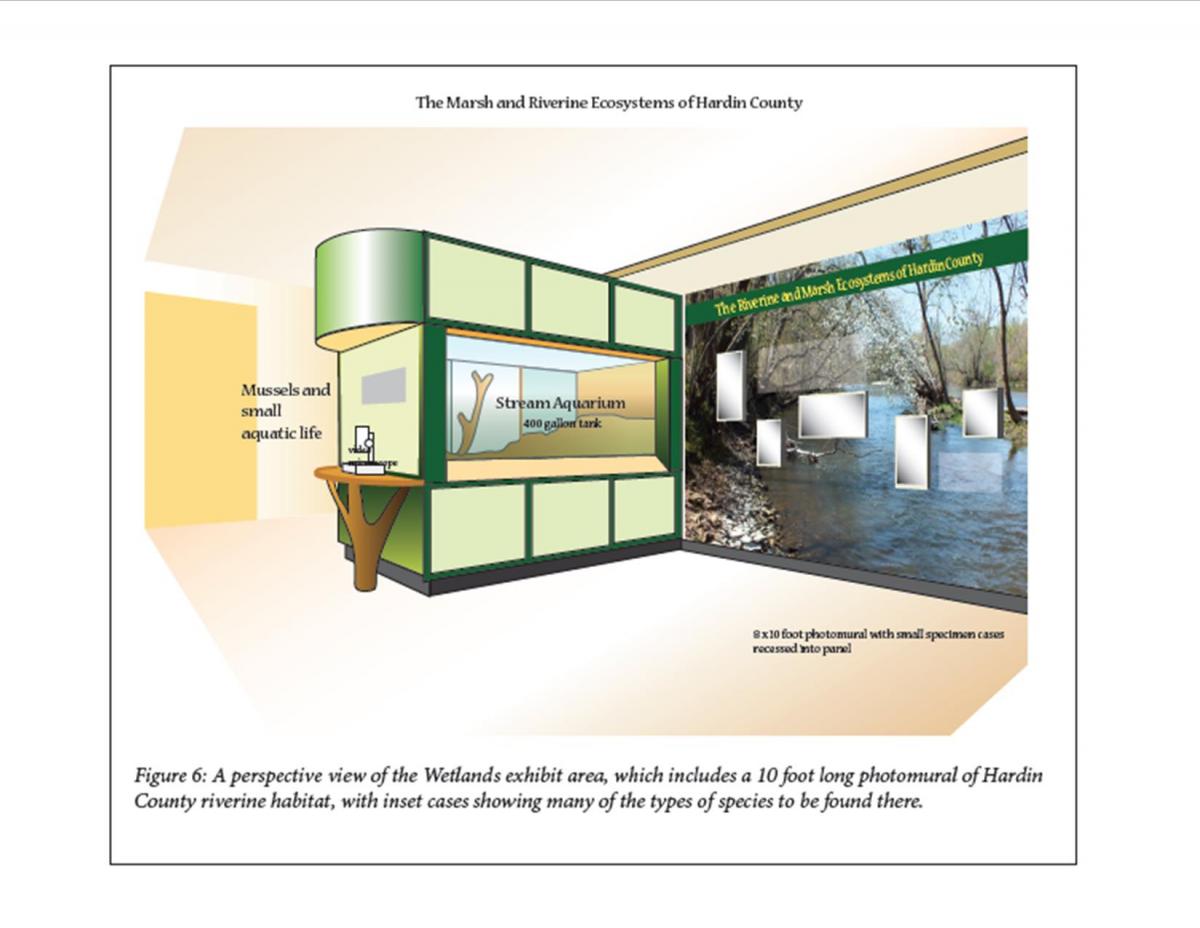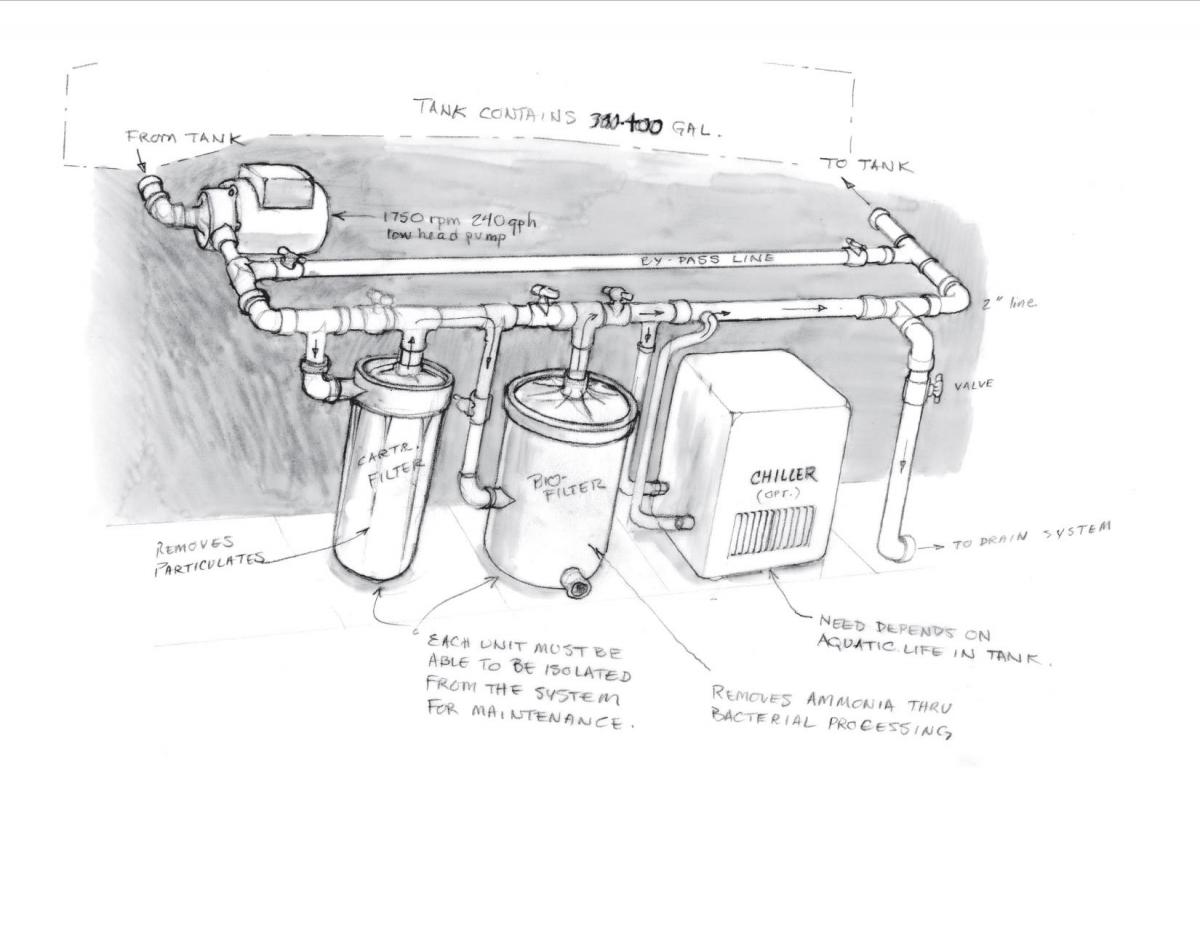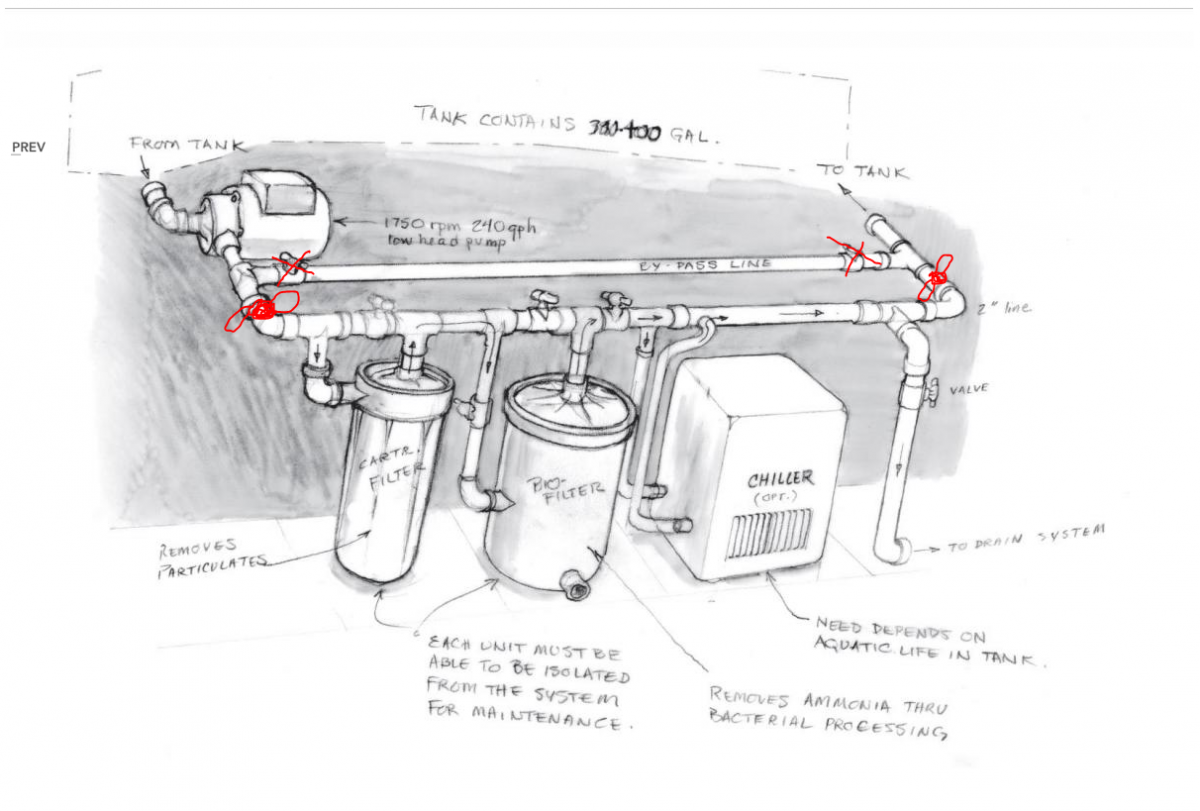Hello, I came across this site in doing some research for a project the nature center I work at. We have expanded our museum and have a plan for a 400 gal tank to be installed as one of our displays. I have been through the trials and tribulations in keeping tropical and saltwater reef tanks over the past 8 years. Between my fishkeeping experience and background in ecology I feel like I have a pretty good knowledge base to start from, but I have never attempted a tank setup this large or had much experience with natives other than bullheads and a small channel cat. We have a collectors permit and plan on stocking it with native species from the upper portions of the Iowa River and its tributaries which still have many stretches of unsilted rock, gravel, and sand bottom.
A few specific questions:
What is the best way to cycle a tank this large and how long will it take?
We will have an inline pump to run the filtration system and I am wondering what an appropriate flow rate would be?
Is a chiller necessary/recommended?
Most of the fishes will be smaller species like daces, darters, shiners, horny head chubs, and possibly American brook lamprey. Are there species that I need to avoid putting together in a tank that size and is there anything larger that could be kept with that won't take them out?
I am also interested in eventually adding native muscles and or clams. I know it is possible in saltwater tanks but can be tricky. Is this possible for freshwater?
Are crayfish possible to keep alongside small fishes or will they take them out?
I know that's a lot of questions. Any advice on any aspect of this project would be helpful.
Thanks





